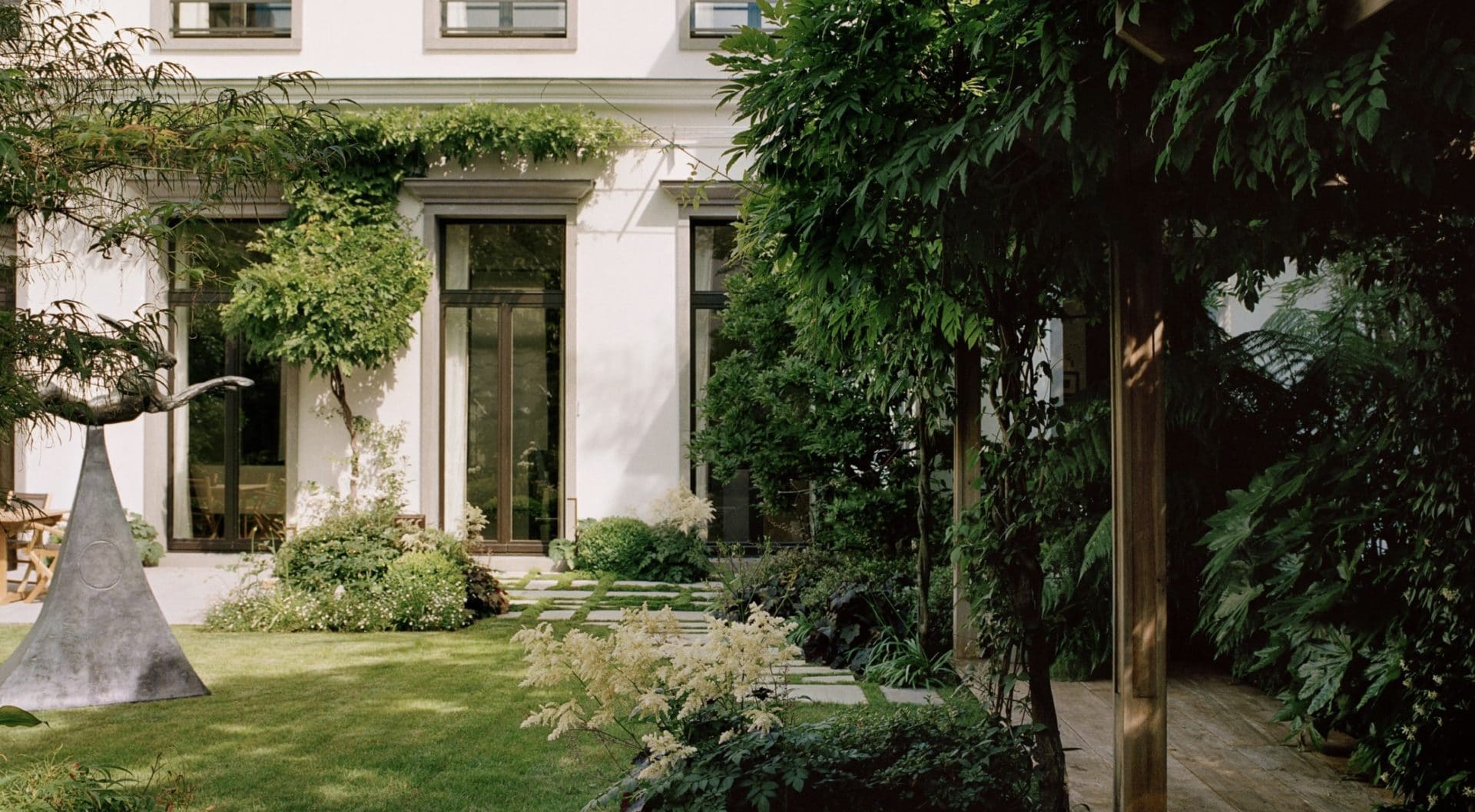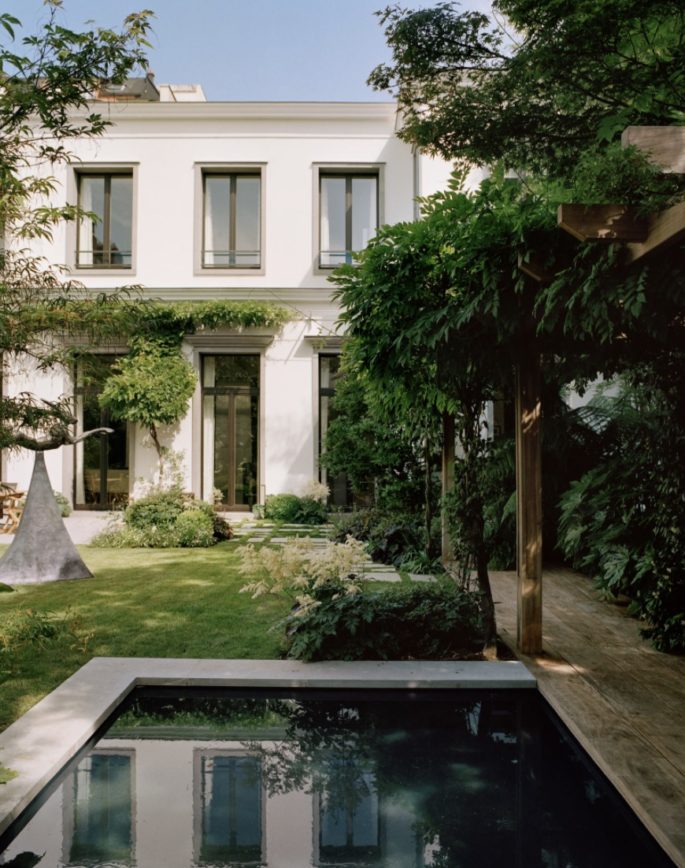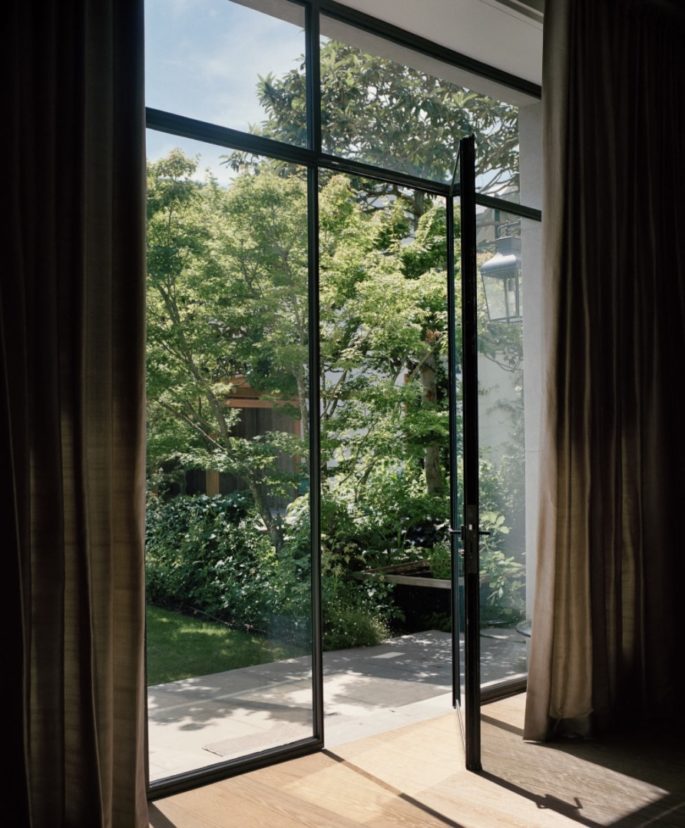When it comes to architecture, it can be hard to navigate between truly sustainable buildings and greenwashing, especially when terms such as ‘zero carbon’ and ‘recycled’ sound positive but don’t always tell the full story. In a bid to find an authentic sustainable method of construction, some architects are looking to the circular economy. Read more, ‘We Can’t Go Back To Normal- How Coronavrisu Will Change Home Design.’
Although it sounds complex, it’s actually a simple concept. While most buildings and products are produced on a very linear timeline of ‘take, make, use, dispose of’, the circular economy calls for a more cyclical approach. It suggests that all things should be eco-friendly when they’re produced, while they are used, but also when they’re disposed of. It’s no good sourcing recycled materials if you use them in a way that means they can’t be recycled again or building a low-energy house using materials that already have a high carbon footprint.
The idea is to think about the future of a building, not just the present.
The Elle MacArthur Foundation, a charity that promotes this idealogy, has developed three circular design principles: design out waste and pollution; keep products and materials in use as long as possible; and regenerate natural systems, which means avoiding extractive processes like quarrying. Construction is often energy-intensive and wasteful, so a priority should be keeping buildings in use for as long as possible. This could mean thinking about how you’ll use the space in the future, and building in flexibility, positioning internal walls so they can be added or removed, or roofs designed to make extensions easier. Read more, ‘How Coronavirus Will Change in The Next Decade.’
What is important is to try and preserve the integrity and value of everything you use when building a home. Think of your house as a bank of materials that can be deconstructed, separated, and reused, and design this in from the outset, he says. Here follow four rules for those seeking to bring the principles of the circular economy to their building projects…
1. Choose Natural and Recyclable Materials
Swapping steel and concrete for renewable materials is a good place to start. Wood and brick can offer plenty of potentials, but there are also more imaginative options available, such as cork or straw. London studio Practice Architecture used natural hemp to create the walls of Flat House, a three-bedroom family home in Cambridgeshire. This material is not only sustainable to source, but its insulating properties also ensure the house requires very little energy to heat. There are even designers exploring whether mycelium, the vegetative section of a fungus, could be used in the same way. Read more, ‘These Will Be The Top Home Design Trends in 2020, Part 2.’
All things should be eco-friendly when they are produced, while they are used, but also when they are disposed.
2. Produce More Energy Than You Consume
It’s no longer just about carbon neutral. Some architects are proving it’s possible to build houses that produce more energy than they consume. Lark Rise, a new-build house in Buckinghamshire, is one of the most extreme examples. Designed by a sustainability specialist, Bere Architects, it produces double the power it needs, meaning it draws 97 percent less energy from the national grid than the average UK Home. Architect Justin Bere describes it as a mini power station that could pave the way for a ‘smart energy revolution.
3. Find Resources That Are Already In Use
Repurposing used materials is essential, particularly if you’re working on a renovation project. Some architecture practises are trying to repurpose all the materials collected in the ‘deconstruction’ of the old building. They don’t say demolition. It is about careful deconstruction of a building, separating its parts so they can be assessed for reuse, and recycled, sold or donated if not used. Smashing things up just destroys their value. There are also opportunities to find used materials for new-builds. You can source waste materials from manufacturers such as flooring brands, yet there is nothing second-rate about the results.
4. Ensure Buildings And Components Can Be Repurposed
Designing out waste means keeping a building in use as long as possible, but also making sure components can be reused in the event it does have to be demolished. Some building products, plasterboard for instance, are difficult to recycle and potentially toxic to dispose of. Beech Architects had to consider this when redesigning a pair of holiday homes on a fast-eroding cliff top. With minimal foundations, they can be easily craned to a new location if needed. But as the structures are plaster-free, they can also be disassembled and their components reused. Many prefabricated homes offer similar benefits. Koto’s range of Scandanavian-style cabins are made of FSC-certified timber modules, meaning they are easily dismantles and repurposed.




